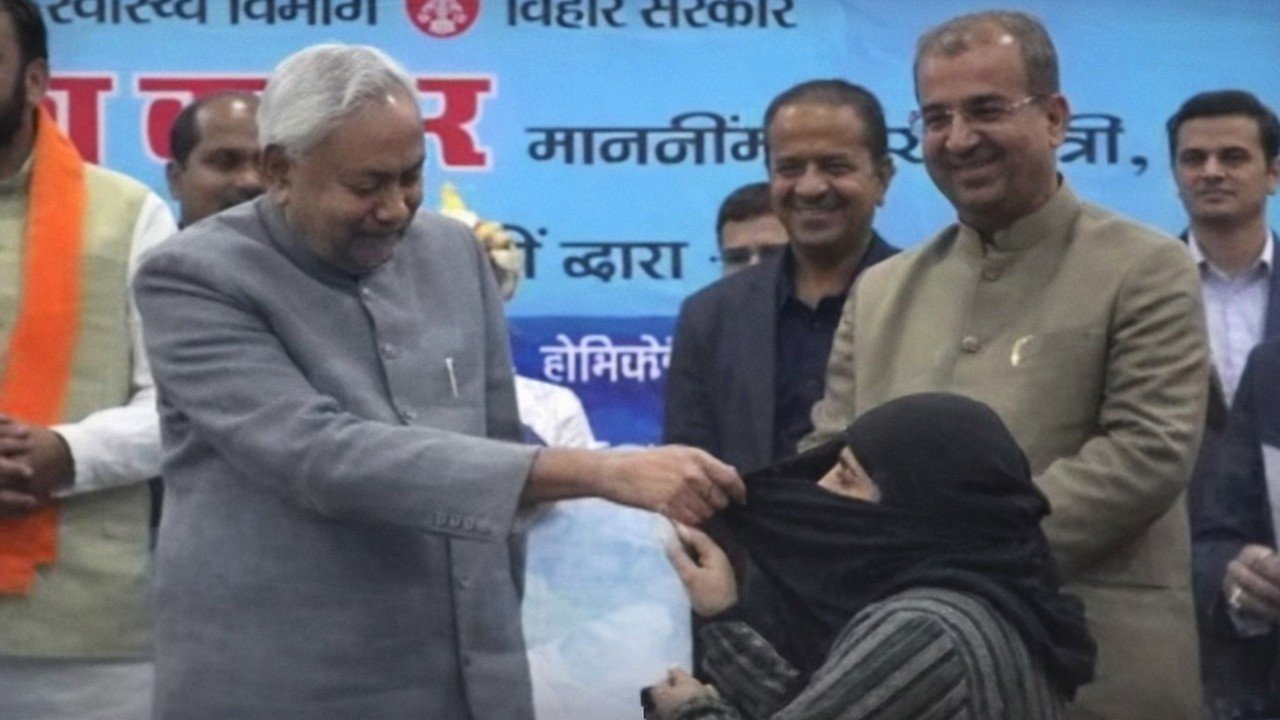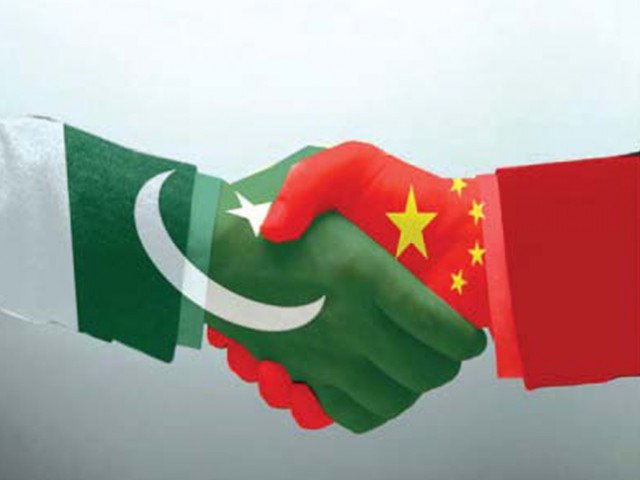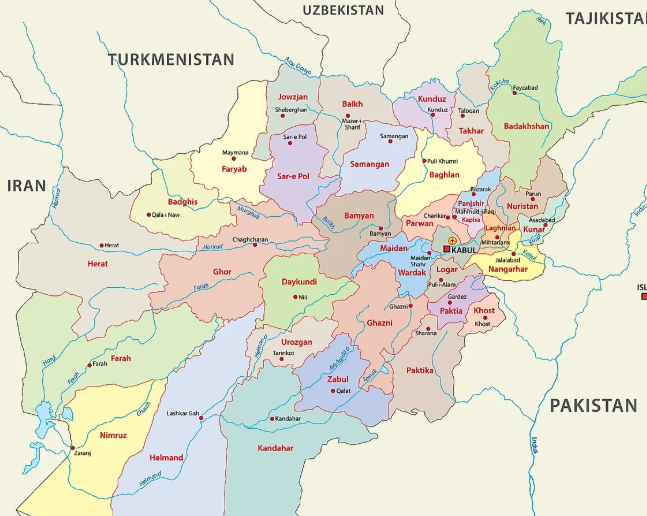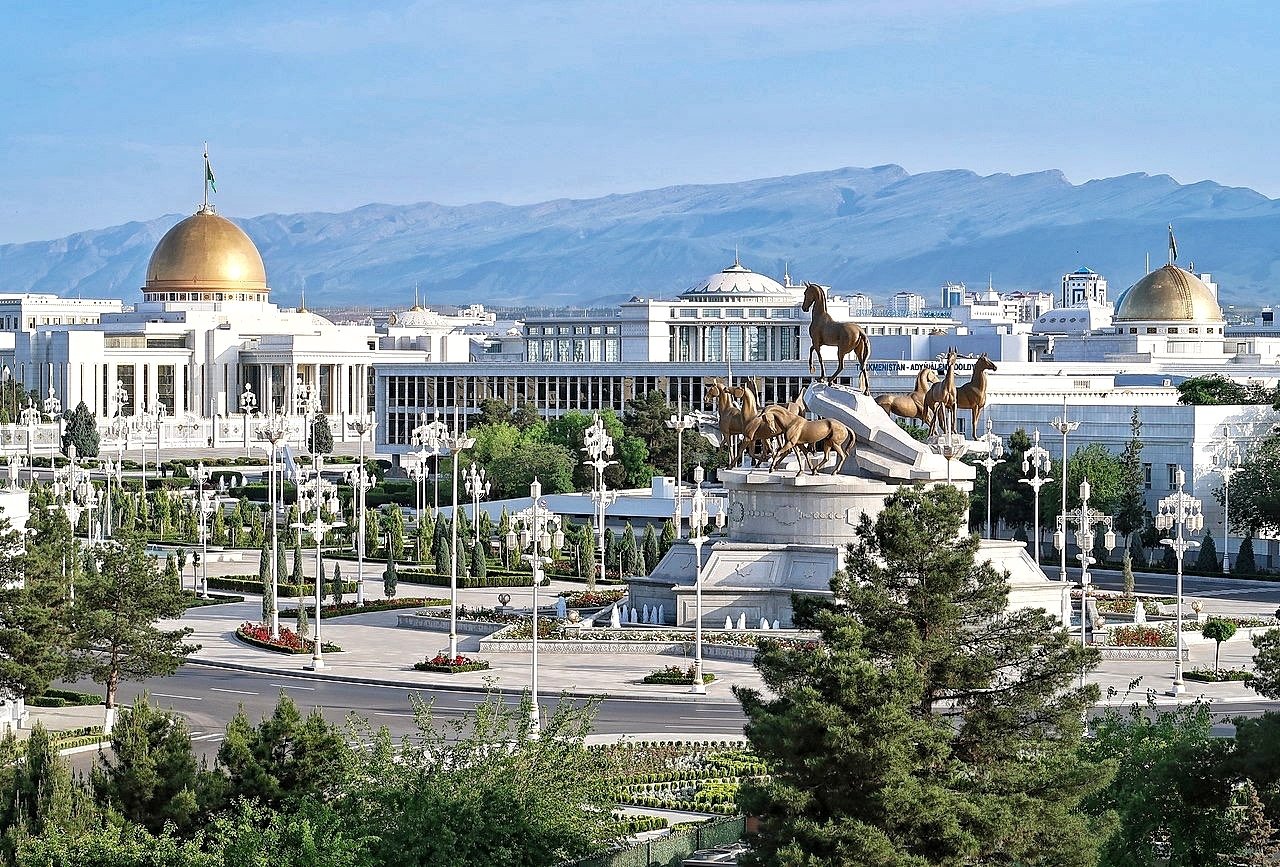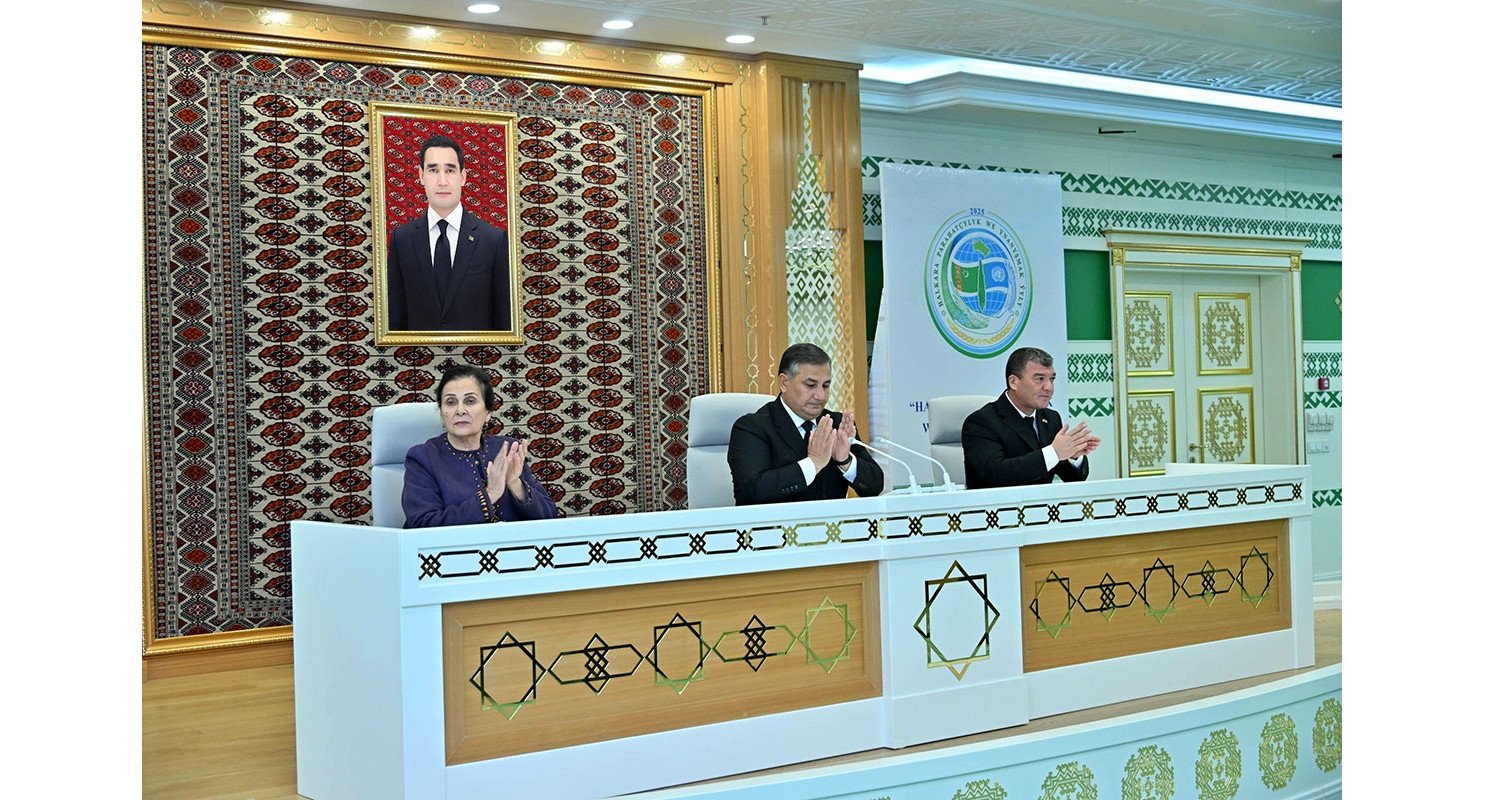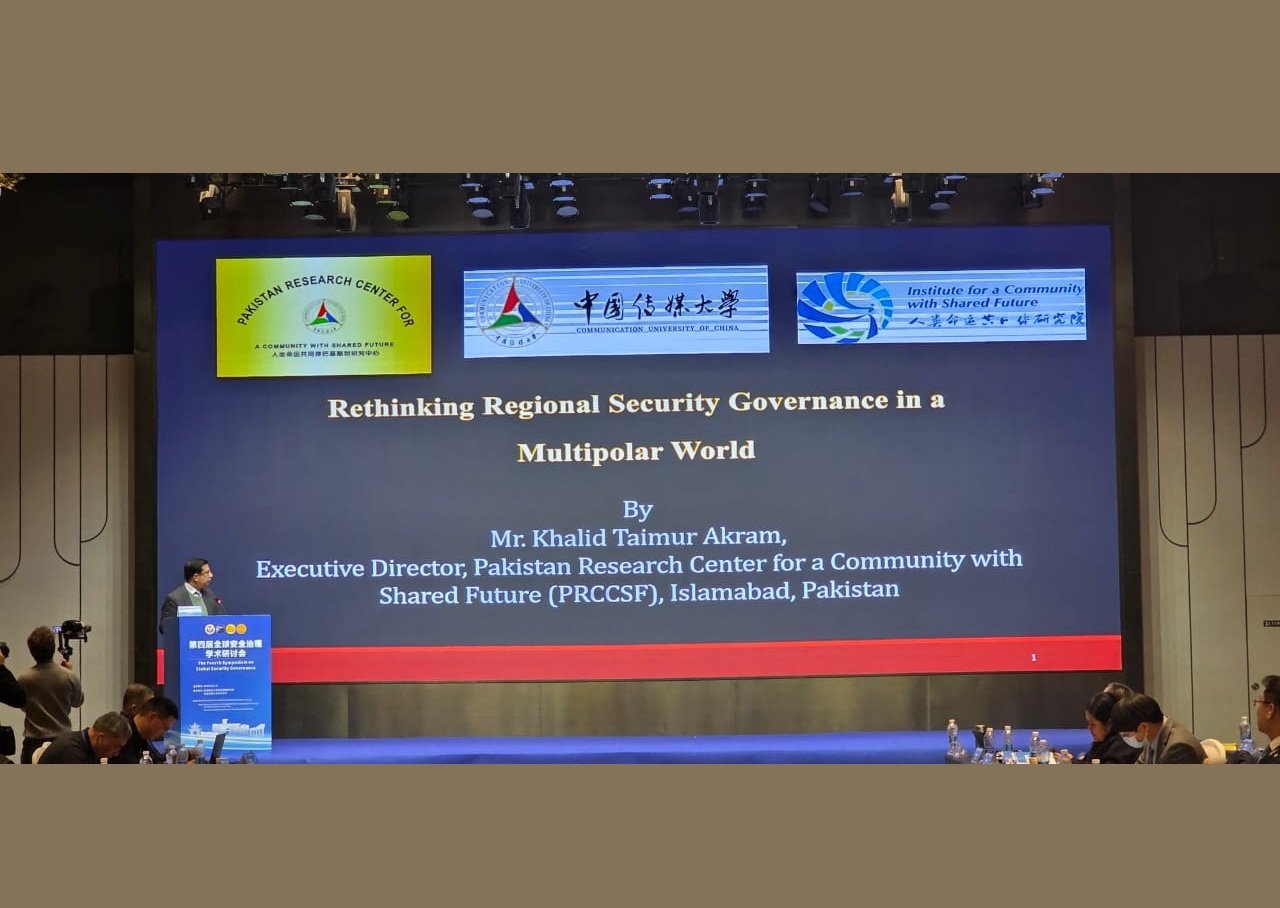The unique strategic location of Turkmenistan between major regions makes it one of the most important Central Asian state. Situated at crossroads of Asia, the Caspian Sea region, and Europe, Turkmenistan serves as a natural bridge between East and West. For hundreds of years, Turkmenistan was the part of historic ancient Silk Road, where not only traders and travelers moved but the civilizations used to exchange ideas also. Today, Turkmenistan is also playing the same role but in a new and modern manner which is the need of the time. With vast reserves of energy resources, through the implementation of large-scale infrastructural projects aimed at developing its transport network, and by building partnerships, Turkmenistan is actively striving to strengthen its position as a central link in the global transport system.
The foreign policy of Turkmenistan that is based on permanent neutrality also supports its role as a bridge. Neutrality allows it to work with different nations peacefully and independently without getting involved in geopolitics or big powers rivalry. Instead of choosing sides, Turkmenistan chooses cooperation. By offering its neutral space for different countries to host several meetings and conferences to find the solution of complicated issues like intra-Tajikistan and intra-Afghan dialogues, Turkmenistan has become a partner trusted by many countries in the Eurasian region. It has provided a new concept of world peace and cooperation. Due to growing trade and expanding supply chains, countries demand safe, stable, and reliable routes for goods and energy. Turkmenistan’s central location and its role in maintaining world peace and security, makes Turkmenistan a best choice for the countries.
Transport Corridors and the Economic Cooperation
Turkmenistan has developed its own concept of cooperation with the international community in the transport sector. Under the concept of “Transport Diplomacy”, Turkmenistan is investing heavily in transport projects that connect Asia and Europe. The Lapis Lazuli Corridor is one of the most significant transport projects of Turkmenistan. It is an international transit route opened in 2018 and links Afghanistan to Turkiye via Turkmenistan, Azerbaijan, and Georgia. This route is considered the shortest, cheapest, and most reliable route for Afghanistan’s trade with Europe. It also makes Afghanistan less dependent on other ports such as Pakistan’s Port of Karachi for its exports, thereby reducing cost and other trade barriers. Apart from strengthening regional trade, it also gives the landlocked countries much needed access to the global markets. The key role of Turkmenistan in the implementation of this corridor is noteworthy, since its efforts were aimed at ensuring a decent lifestyle for Afghan people. Turkmenistan offers modern highways, railways, and ports that make the route more efficient.
Then comes another major project: the Turkmenbashi International Seaport on the Caspian Sea. It is the main passenger harbour and cargo port in Türkmenbaşy, Turkmenistan. Located in the eastern part of the Caspian Sea, Turkmenbashi International Seaport is the largest seaport in Turkmenistan. Regular lines serve routes to Baku (Azerbaijan), Aktau (Kazakhstan) and Astrakhan (Russia). The port has great geopolitical importance in Eurasia. Being on the Europe-Caucasus-Asia (TRACECA) trade route, it is able to accommodate vessels throughout the year, around the clock to carry out loading and unloading operations. The port is a “sea gate”, linking Central Asia to Europe by sea, road and rail routes and serves as a major transit hub in the region. With modern equipment, large cargo terminals, and passenger services, the port supports Turkmenistan’s goal of becoming a transport and logistics center in the region.
Railways are another important part of Turkmenistan’s connectivity strategy. The country has improved rail links with Kazakhstan, Iran, and Afghanistan. The North–South Railway Line, consisting of two parts: the northern section, from Uzen (Kazakhstan) to Bereket (Turkmenistan), is 596 km long; and the southern section, from Bereket to Gorgan (Iran) is 338.5 km long, allows goods to travel from Russia and Kazakhstan down to the Persian Gulf. It reduces travel time and expands trade options for many countries. Turkmenistan’s internal rail development also makes domestic transport faster and more organized. Turgundy-Herat Railway project and Turkmenistan-Kazakhstan-China Railway are some other examples that Turkmenistan’s is actively working on transport corridors and seeks to enhance connectivity between the regions.
Apparently all of the above mentioned projects seem as if Turkmenistan is focused on building routes only but that’s not the case. It is building opportunities. Whether its trade, business, or even cultural exchange, they grow only when countries are connected. Turkmenistan’s efforts show a vision of cooperation and shared development.
Energy Cooperation and Regional Stability
Due to vast energy resources, Turkmenistan is also a major energy bridge. Turkmenistan holds the world’s fourth-largest proven gas reserves and supplies energy to several countries. Pipeline projects like the Central Asia–China gas pipeline also known as Turkmenistan–China Gas Pipeline show how Turkmen gas supports Asian markets. It is a natural gas pipeline system from Central Asia to Xinjiang in the People’s Republic of China. By connecting Turkmenistan to China’s domestic grid, this pipeline makes it possible to transport gas some 7000 km from Turkmenistan to Shanghai. More than half of Turkmen natural gas exports are delivered to China through the pipeline. The pipeline travels through Uzbekistan and Kazakhstan before reaching China, making it one of the most important energy routes in the region. This project bolsters regional partnerships and creates economic benefits for all countries involved.
Turkmenistan also supports the idea of new energy corridors, including routes toward South Asia. The TAPI Pipeline (Turkmenistan–Afghanistan–Pakistan–India) also known as Trans-Afghanistan Pipeline is an under-construction natural gas pipeline. It is a strategic energy transportation project. The purpose of this pipeline is to transport natural gas from Turkmenistan to energy-consuming markets in Pakistan and India. The section in Turkmenistan is completed but the expansion in Afghanistan is still in progress. If completed, it will become a symbol of regional cooperation and peace and it will also create employment opportunities in the partner countries.
Beyond energy, Turkmenistan promotes stability through diplomacy also. As discussed earlier, Turkmenistan’s neutral foreign policy helps build trust among countries. In short, the steadfast commitment of Turkmenistan’s leadership towards regional connectivity, neutrality, and economic partnership shows its growing significance as a bridge between continents. Its location, modern and improved infrastructure, and role in diplomacy make Turkmenistan a key player in Eurasian integration. By connecting nations, Turkmenistan contributes to a future of stability, development, and shared prosperity.

Executive Director, Pakistan Research Center for a Community with Shared Future (PRCCSF).

